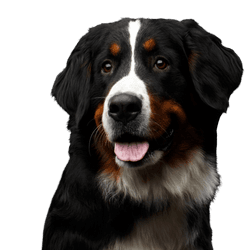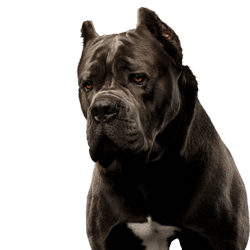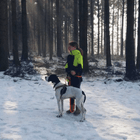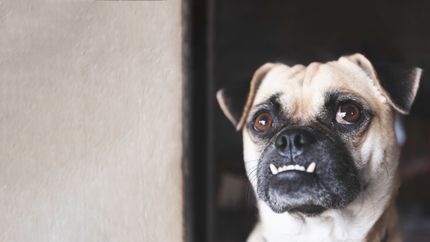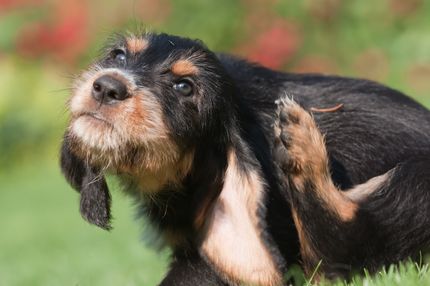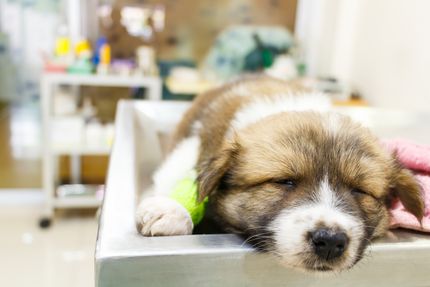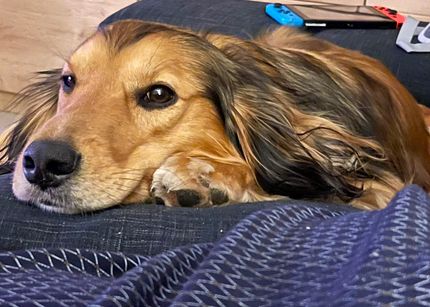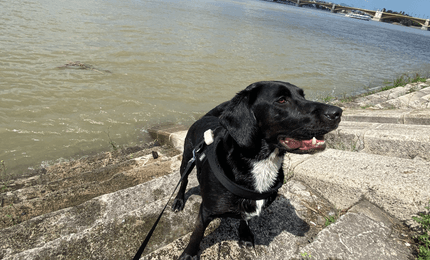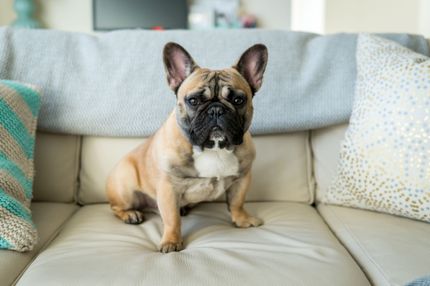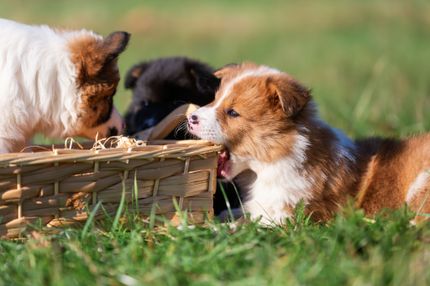Facts & Origin
PROFILE: Bernese Corso - The impressive blend of strength and gentleness.
The Bernese Corso is a cross between the affectionate Bernese Mountain Dog and the powerful Cane Corso. Both breeds have deep roots in working with humans. The Bernese Mountain Dog originated in Switzerland and was used as a draft and herding dog. The Cane Corso, an Italian Molossian, was bred for guarding and protecting homes and farms.
The Bernese Corso is an impressive blend of strength and gentleness. With proper training and a loving home, this mix can become an ideal family dog, providing both protection and companionship. It is important to provide him with enough exercise, training and social interaction to ensure a balanced and contented life.
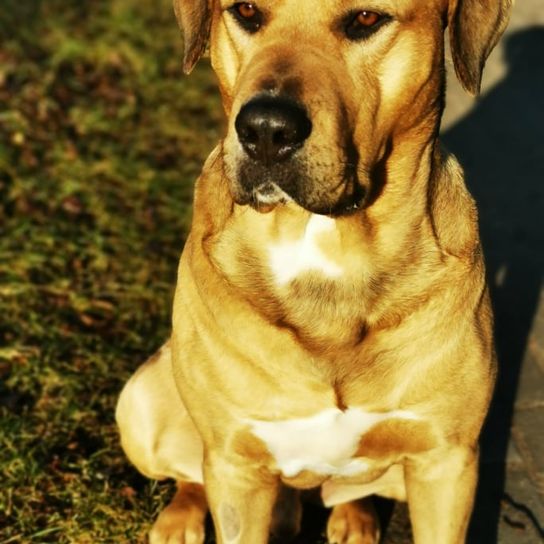
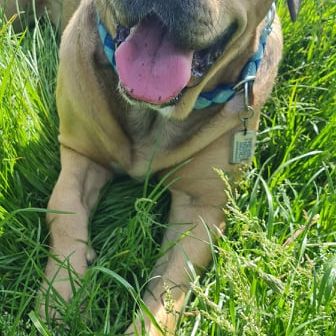
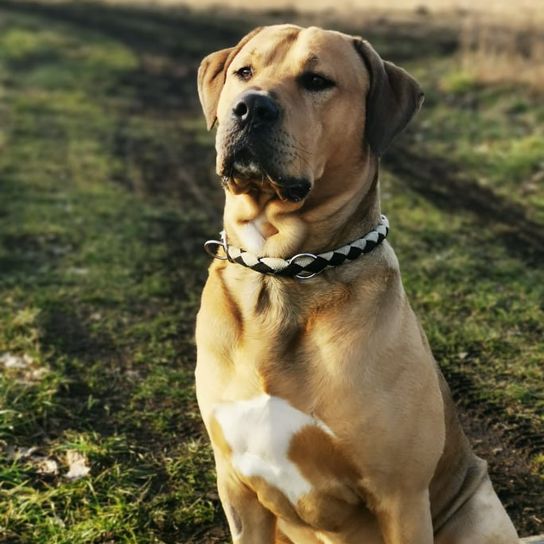
| Alternate Name | - |
| Origin | Switzerland - Italy |
| Life expectancy | 6 - 12 years |
| Care requirements | high-maintenance - low-maintenance |
| Activity level | average |
| FCI group | not recognised |
| AKC group | not recognised |
| KC group | not recognised |
More Bernese Mountain Dog mixes
More Cane Corso mixes
Attitude, character and temperament of the breed
Possible Character Traits
- Sanftmut: Der Berner Sennenhund bringt eine natürliche Freundlichkeit mit, die den Cane Corso's Schutzinstinkten entgegenwirkt.
- Loyalty: Both breeds are known for their deep loyalty to their family.
- Wachsamkeit: Dank des Cane Corso-Erbes sind sie aufmerksame und wachsame Hunde.
- Intelligence: they are quick learners and respond well to positive reinforcement.
Suitability and attitude
The Bernese Corso is particularly suitable for families: thanks to their gentle and affectionate nature, they make excellent family dogs. Due to their size and activity, they need plenty of room to play and run.
It is best for experienced dog owners who know how to handle both the strength of the Cane Corso and the sensitivity of the Bernese Mountain Dog. Early socialization and training are essential to ensure they become well rounded and well adjusted dogs.
Character
Care and health
- Coat Care: With a thick, double-layered coat, they need regular brushing, especially during molting.
- Exercise: Despite their size, they are quite active and require daily walks and playtime.
- Health: It is important to be aware of health problems in both parent breeds. Regular veterinary visits and preventative examinations are essential.

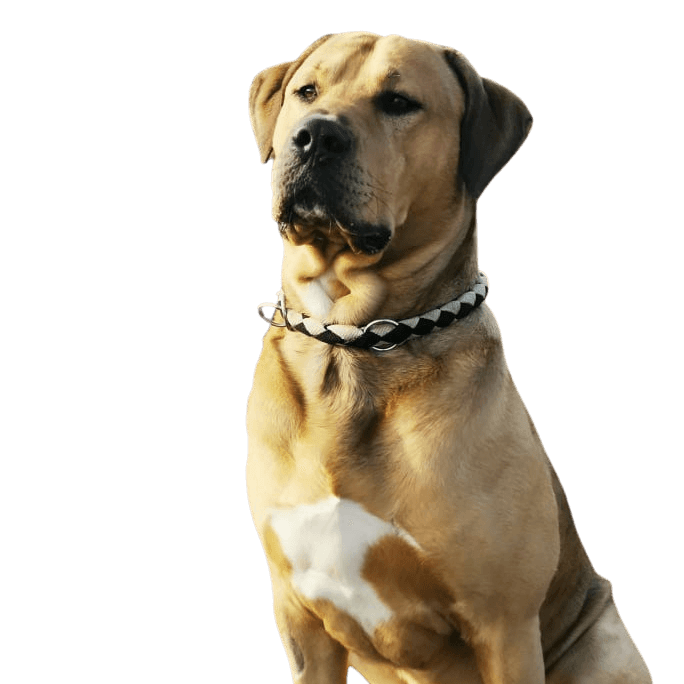
What does this mongrel look like?
The Bernese Corso is impressive. Expect a large, muscular build , often with the Bernese Mountain Dog's characteristic tri-color pattern. The eyes are often dark and expressive, while the ears may be semi-erect or drooping.
| Fur length | medium - short |
| Fur | flat coated |
| Ear shape | Floppy Ear |
| Tail | fanned out - lang |
| Anatomy | massive, hefty, massive, strong, hefty |
| Size ♀ | 58 - 66 cm |
| Weight ♀ | 36 - 48 kg |
| Size ♂ | 62 - 70 cm |
| Weight ♂ | 38 - 50 kg |
| Suitable For | - |
Known Diseases
Hip dysplasia (HD)
Hip dysplasia (HD) is a genetic condition in dogs where the hip joint is not shaped properly. This leads to pain, stiffness and restricted movement.
Cancer
May be common in older dogs.
Kidney disease
Symptoms of kidney disease in dogs: increased urination (polyuria) increased water intake. Inflammation of the mucous membrane of the mouth. Loss of appetite
Overweight
Often, unfortunately, the dogs very much under excess weight. But the dogs themselves are never to blame!
Elbow dysplasia (ED)
Elbow joint dysplasia is a chronic disease complex of the elbow joint of fast growing dog breeds.
Eye diseases
Often occur with allergies and intolerances.
Cardiomyopathy
In large breeds of dogs, dilated cardiomyopathy (DCM) is by far the most common cardiomyopathy.
FAQ
-
It is important that the training is at least a few minutes intense every day.
-
It is a very intelligent, loyal and calm dog. They also tend to be independent and loyal.
-
This mixed breed needs at least 1 to 2 hours of daily exercise and regular walks to stay physically and mentally active and healthy.
-
Yes, a specific diet is necessary for puppies to ensure healthy growth and good general well-being.

